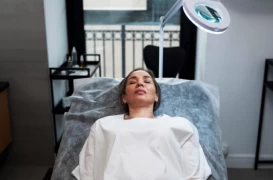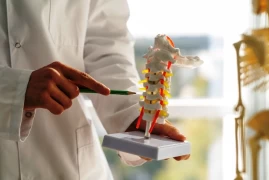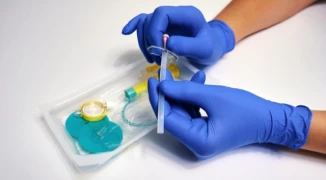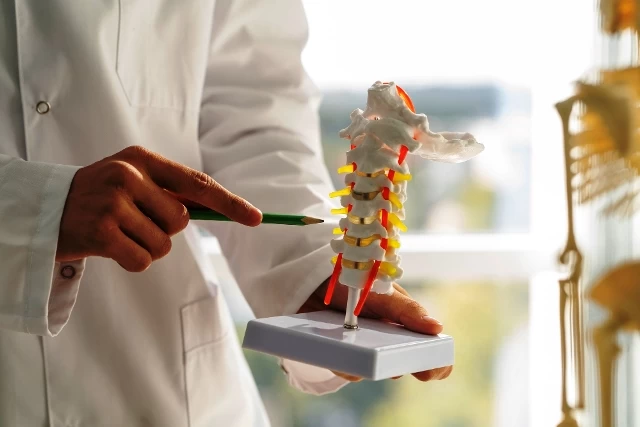
Advanced Treatment Methods for Lumbar and Cervical Disc Herniations
- Advanced Treatment Methods for Lumbar and Cervical Disc Herniations
- Symptoms of Lumbar Disc Herniation:
- Symptoms of Cervical Disc Herniation:
- Advanced Treatment Methods:
- In conclusion;
Lumbar and cervical disc herniations are painful conditions caused by the protrusion of discs in specific areas of the spine. This condition often results from aging, overloading, trauma, or genetic factors. Lumbar and cervical disc herniations can significantly impact patients' quality of life and lead to serious problems if left untreated. However, there are many advanced techniques available for treating lumbar and cervical disc herniations. Among these techniques, prolotherapy, ozone therapy, epidural injections, facet joint blocks, transforaminal injections, and radiofrequency therapy are prominent.
Symptoms of Lumbar Disc Herniation:
- Back, lumbar, or hip pain: Pain may occur in the region where the disc protrudes, typically starting in the lumbar area and radiating to the legs.
- Throbbing, tingling, or numbness in the legs: Herniated discs compressing nerve roots can lead to these sensations in the legs.
- Muscle weakness or fatigue: If the herniation compresses nerve roots, there may be weakness or fatigue in the associated muscles.
- Increased pain when standing or sitting: Experiencing intensified pain in specific positions can indicate lumbar disc herniation.
- Increased pain during coughing, sneezing, or laughing: Increased pressure on nerve roots exacerbates pain during these actions.
Symptoms of Cervical Disc Herniation:
- Neck pain: Patients with cervical disc herniation may experience pain in the neck region, often radiating to the shoulders or arms.
- Throbbing, tingling, or numbness in the shoulders or arms: Compression of nerve roots by the herniated disc can cause sensory changes.
- Headaches: Cervical disc herniation can sometimes lead to headaches, especially during movements of the neck and head.
- Weakness or numbness in the hands or fingers: Compression of nerve roots by the herniated disc can cause weakness or numbness in the hands or fingers.

Advanced Treatment Methods:
- Prolotherapy: Prolotherapy is commonly used in the treatment of lumbar and cervical disc herniations. This technique involves injecting tissue-stimulating substances into the damaged area to promote tissue healing. Substances such as glucose or lidocaine are typically used. Prolotherapy can help reduce pain and restore function by promoting the reconstruction of damaged tissue.
- Ozone Therapy: Ozone therapy has become popular in recent years for the treatment of lumbar and cervical disc herniations. In this method, ozone gas is injected into the damaged tissue at a specific concentration. Ozone gas is known to have anti-inflammatory and analgesic properties, helping to alleviate pain and reduce inflammation.
- Epidural Injections: Epidural injections are another commonly used method for treating lumbar and cervical disc herniations. Steroid medications and local anesthetics are injected into the epidural space. These injections can help reduce inflammation and alleviate pain in tissues that may compress nerve roots.
- Facet Joint Blocks: Facet joint blocks are another method used in the treatment of lumbar and cervical disc herniations. In this technique, local anesthetics and steroids are injected into the facet joints, small joints in the spine. These injections can help reduce pain in the joints and improve the patient's mobility.
- Transforaminal Injections: Transforaminal injections are a minimally invasive method used in the treatment of lumbar and cervical disc herniations. Steroid medications are injected into the area where nerve roots exit the spinal cord. These injections can help reduce inflammation in tissues that may compress nerve roots, thereby alleviating pain.
- Radiofrequency Therapy: Radiofrequency therapy is a non-invasive method used in the treatment of lumbar and cervical disc herniations. High-frequency electrical currents are used to block nerve transmission. This treatment can help control pain without damaging nerve roots.
In conclusion;
There are many advanced techniques available for treating lumbar and cervical disc herniations. Prolotherapy, ozone therapy, epidural injections, facet joint blocks, transforaminal injections, and radiofrequency therapy can help alleviate pain and restore function in patients. However, when deciding which treatment method to use, the patient's condition and needs should be taken into account. Therefore, it is important to consult with a specialist in anesthesiology and reanimation for the treatment of lumbar and cervical disc herniations.
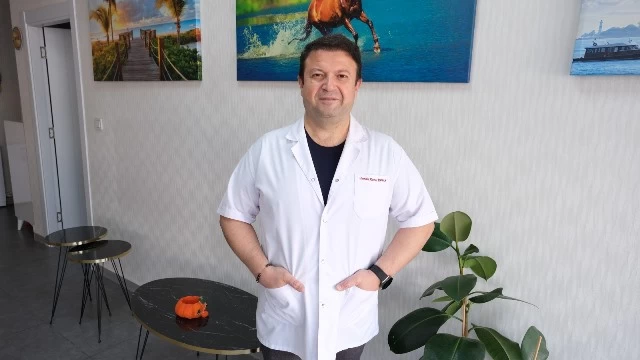
Dr. Kemal Toprak
Specialist in Anesthesiology and Reanimation

